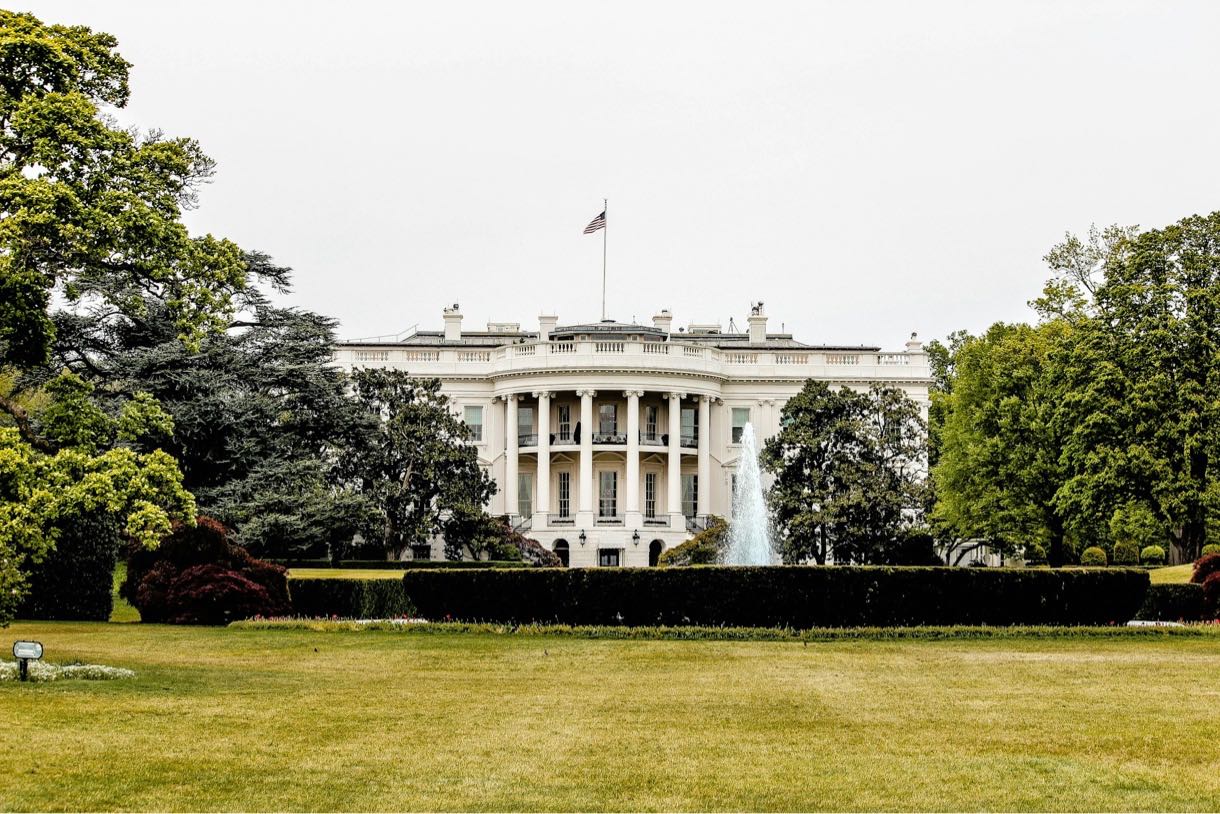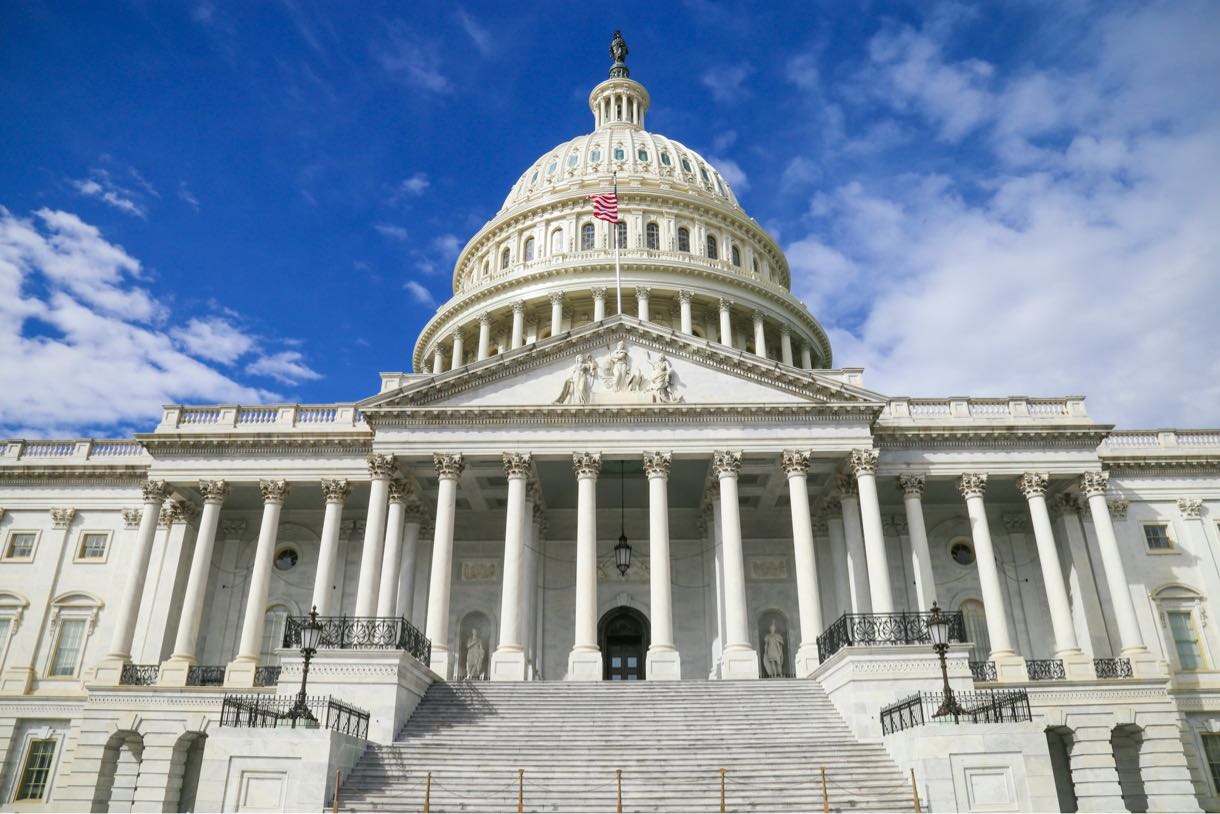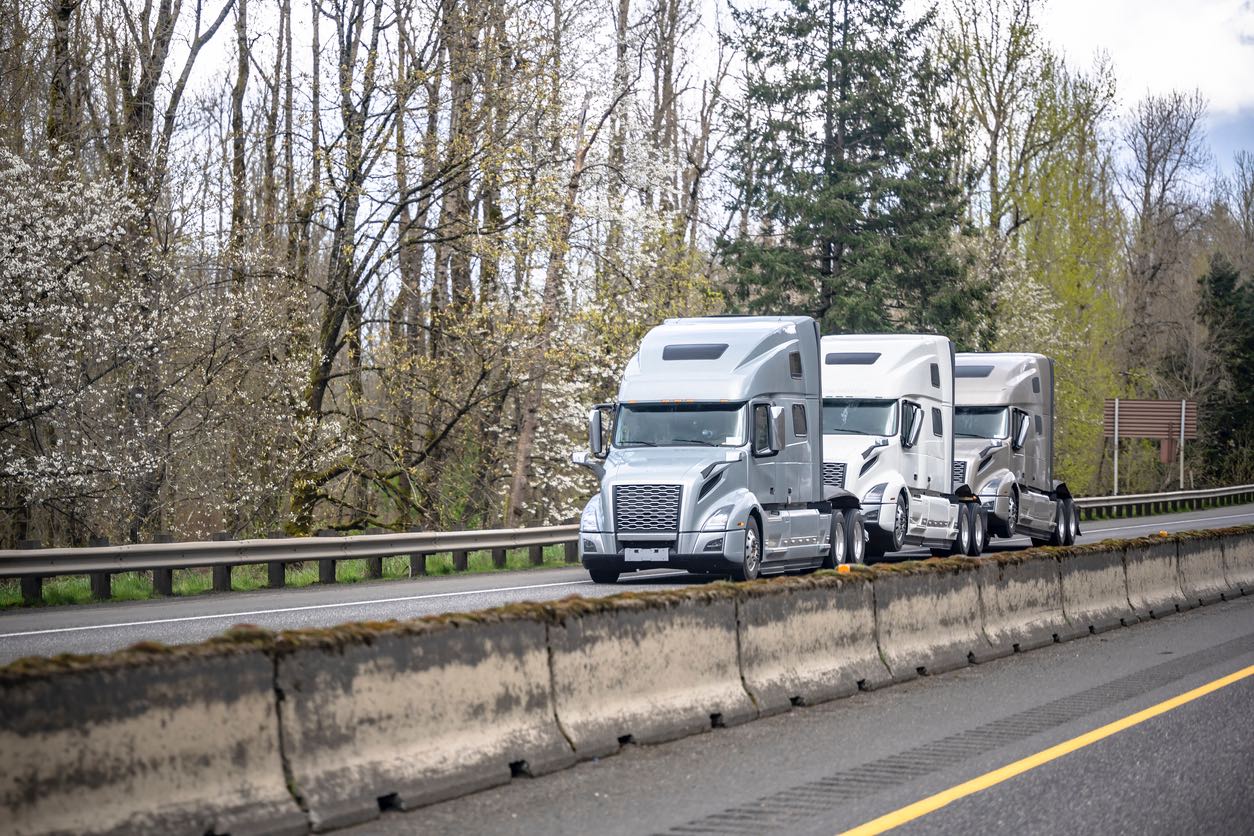The House Republicans have included a proposal in the appropriations bill for Fiscal Year 2025 that aims to cut Department of Transportation (DOT) funds by $2 billion, a significant step that might drastically alter the course of transportation in the United States. This legislative action is significant because it reflects larger political and economic issues and establishes the framework for future financial priorities. This blog article explores the specifics of this idea and examines how it may affect several transportation initiatives as well as the US government’s larger infrastructure plan.

Election Impacts and Budgetary Priorities With this approach, the House Republicans have clearly stated what their fiscal goals are, but they also admit that the results of the upcoming elections in November will ultimately determine how these decisions turn out. This emphasizes how elections may change the course of important financial choices, demonstrating the erratic nature of political impact on economic policy.
Comparison to Biden’s Proposal Prior to this, the Biden administration filed a budget proposal for the DOT for FY 2025 totaling $109.3 billion, a 2.7% increase over the previous fiscal year. The House’s proposal, in sharp contrast, both cancels this rise and makes major cuts. A glaring ideological gap over the future of American infrastructure is revealed by this juxtaposition.
Amtrak’s Funding in Jeopardy Amtrak is one of the most prominent victims of the planned budget cuts, as its operating funds for both the Northeast Corridor and its nationwide network will be reduced by $302 million. This decrease might have a significant negative effect on Amtrak’s ability to operate both now and in the future, perhaps postponing or ending a number of existing initiatives meant to improve the country’s rail system.
Elimination of Intercity Rail Funding The Federal-State Partnership for Intercity Passenger Rail program is also intended to be eliminated by the plan. Supporting capital projects to maintain, upgrade, and expand intercity passenger train service has been made possible in large part by this initiative. If this financing source were to disappear, numerous states that were preparing to modernize or extend their rail networks would suffer a serious setback.

Prohibition on High-Speed Rail and Traffic Technologies The law also opposes the California High-Speed Rail Authority project, a significant endeavor that aims to provide high-speed rail service between San Francisco and Los Angeles. It also seeks to prevent automated traffic enforcement systems from being used, such as speed and red-light cameras, which have been demonstrated to dramatically lower traffic infractions and accidents.
Impact on Urban Planning and Safety Another controversial part of the law is its restriction of New York’s congestion pricing program, which tries to alleviate pollution and transportation congestion. These actions may cause a years-long regression in the fields of traffic safety and modern urban planning, since they represent a larger legislative backlash against these approaches.
Political Statements and Future Prospects The chairs of the Appropriations Committee and the Transportation, Housing, and Urban Development Subcommittee, Steve Womack and Tom Cole, respectively, have expressed their firm positions on these cutbacks, favoring budgetary restraint over expansionist infrastructure plans. But as Cole pointed out, this is a political gamble as much as a budgetary one, with the ultimate authority to determine the FY 2025 budget lying with the winners of the upcoming elections.
Senate’s Role This measure was scheduled for examination by the Senate Appropriations Committee on July 25. Whether these suggested cuts become a reality or if other fiscal measures take precedence will ultimately depend on their choices and the political climate following the elections in November.

This research sheds light on the substantial repercussions that would result from the planned reduction of $2 billion in DoT funds. The implementation of these changes marks a significant turning point that has the potential to either halt or regress significant transportation projects from all around the country. The conclusion of this legislative procedure will have a significant impact on the evolution of the transportation infrastructure in the United States in the years to come.
It doesn’t matter what kind of vehicle or freight you need transported, or where in the United States you need it delivered; Ship A Car, Inc. is the most reputable and successful firm in the United States that specializes in shipping both automobiles and freight. With a crew that is both knowledgeable and dedicated to offering the most competitive shipping rates, they guarantee that each and every one of their customers will receive excellent service. Simply dial (866) 821-4555 right now to have a conversation with a knowledgeable transport consultant about your shipment requirements.
Q: What are the major cuts proposed in the House appropriations bill for FY 2025?
A: Among other notable cutbacks in transportation spending, the biggest cuts include a $302 million decrease to Amtrak’s operating financing and the termination of the Federal-State Partnership for Intercity Passenger Rail program.
Q: How might the upcoming elections influence the final transportation budget?
A: The outcome of the elections in November might have a significant impact on the budgetary situation. Depending on which party wins legislative power, it could reverse or further entrench projected cuts.
Q: What are the proposed prohibitions in the House bill concerning traffic technologies?
A: The law seeks to prohibit federal financing for automated traffic enforcement systems, such speed and red-light cameras. This might have an effect on state-level initiatives to improve road safety.




